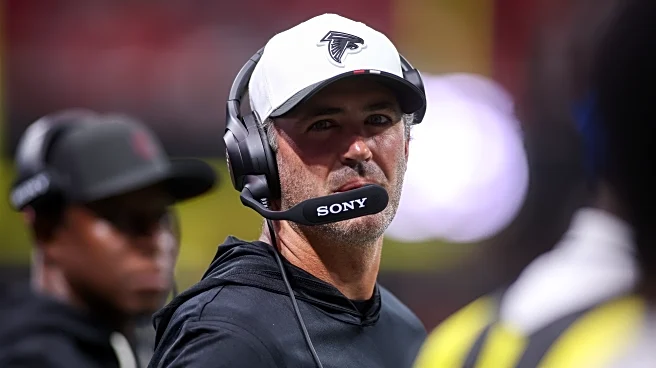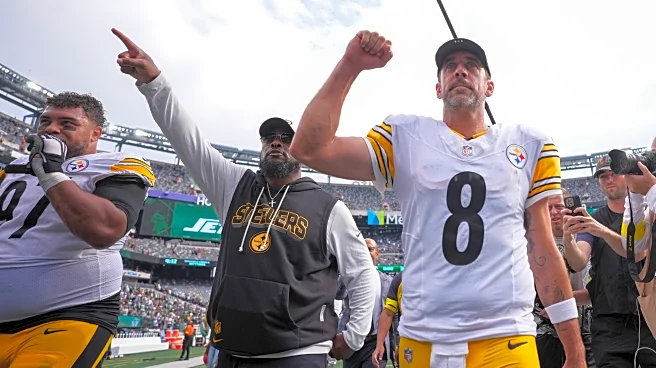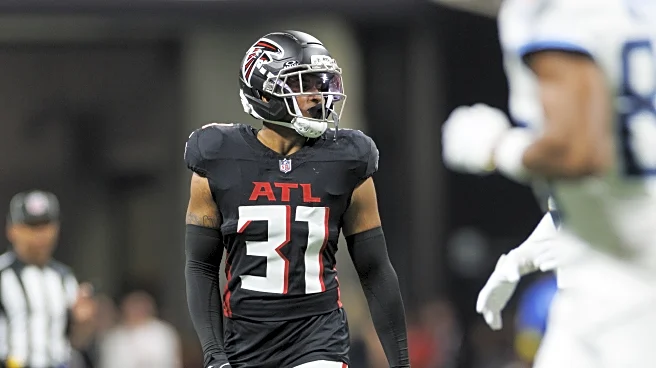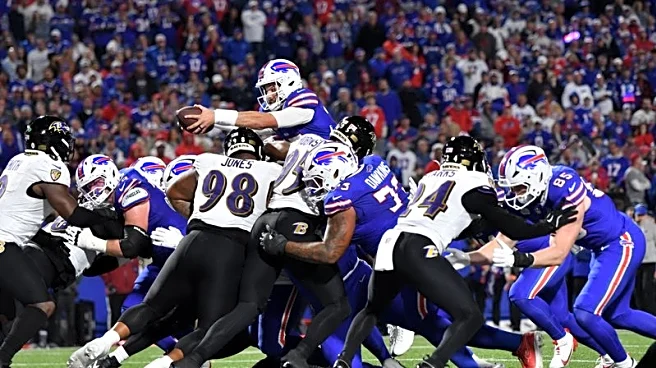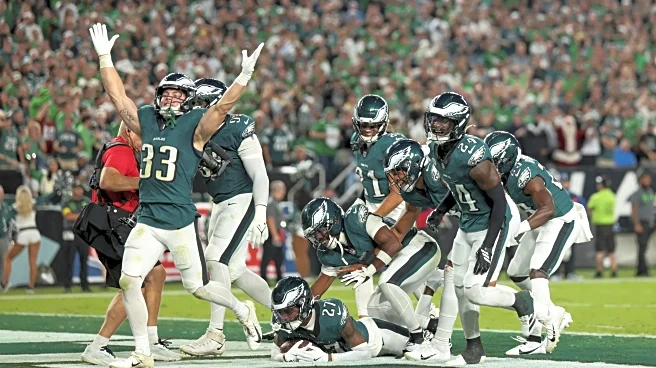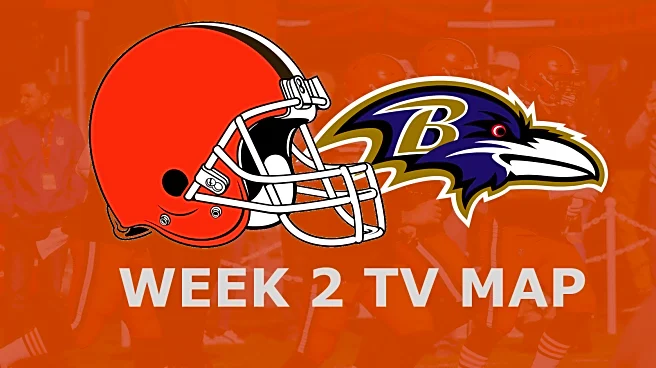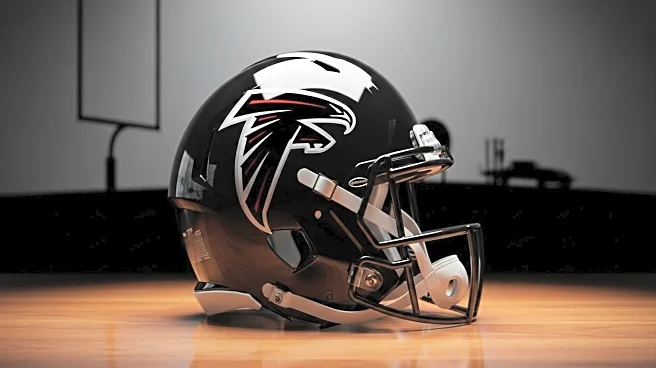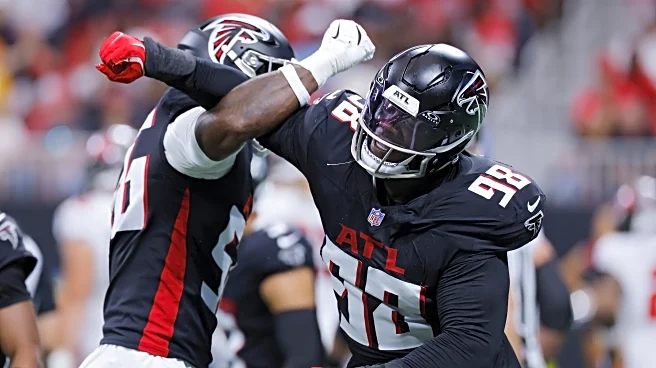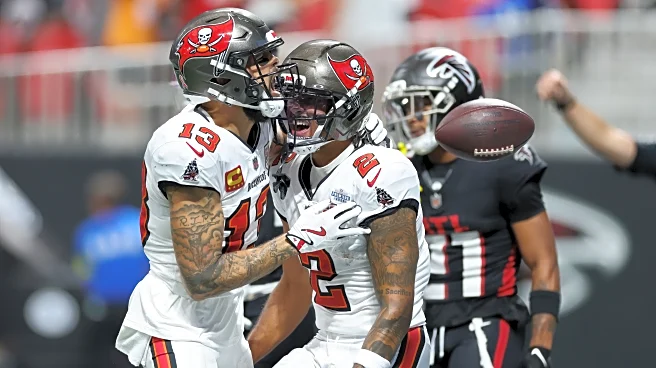
As the Falcons attempt to find clarity at kicker, the most common debate surrounding the team following their loss to Tampa Bay actually comes from a coaching standpoint. Zac Robinson drew the ire of many people for his predictable play designs, repetitive personnel usage, and conservative approach to the passing game. Some of it could be attributed to Darnell Mooney being sidelined, which limits the team’s ability to push the ball downfield. Mooney is a vertical threat who can create separation
against man coverage and win at the catch point in contested situations.
Elijah Wilkinson’s first start replacing Kaleb McGary at right tackle must be acknowledged. Combining those adjustments with the challenge of facing Todd Bowles’ notorious ultra-aggressive blitzing style makes it understandable why Robinson opted to call mostly short to intermediate pass designs. It helped Michael Penix Jr. find a rhythm in the third quarter. That wasn’t enough to maximize an offense that needed more schematically to be more efficient.
Instead, the offense felt lethargic, where Tampa Bay’s defense anticipated several plays that neutralized any possibility of gaining yards, and in some instances, converting in pivotal short-yardage situations. Defenders were collapsing into running lanes as soon as Bijan Robinson and Tyler Allgeier received the handoff. They were giving Drake London fits at will. More could have been done schematically to help the skill position players thrive. That’s what Zac Robinson has to dial in on going into a massive challenge against Minnesota.
Predictable personnel usage with lackluster designs
The propensity to use 11 personnel will always be there for Robinson. It’s what Sean McVay’s offense was built on for numerous seasons during his time working under him in Los Angeles. The Rams normally had the personnel to be prolific in utilizing the same personnel in condensed formations, whether they used trips or other bunch concepts. They also had a tight end who could block as effectively as he caught passes in Tyler Higbee.
The Falcons don’t have that personnel, where Kyle Pitts is essentially a big wide receiver who can’t reliably block edge defenders. Look no further than his failure to block Haason Reddick on a 4th down attempt, where the Falcons simply were overpowered. The Falcons don’t use 12 personnel enough to hide Pitts’ deficiencies with Charlie Woerner handling the primary blocking duties.
Without Mooney, they don’t have the talent to run 11 personnel so frequently. Casey Washington playing 72 snaps is indicative of how attached Robinson is to his system. While Washington made some contributions, he didn’t insert himself as a consistent option for Penix Jr. Not using KhaDarel Hodge to spell Washington in his first career start was surprising and proved to be costly.
Hodge looked rusty in replacing Drake London following the star wide receiver’s shoulder injury. Playing occasional snaps earlier in the game could have helped him get into a game flow. Hodge’s knack for gaining yards after the catch and strong blocking would have been useful. Instead, he looked lost as a phenomenal deep ball from Penix Jr. landed near him for what should have been another game-winning touchdown against Tampa Bay.
The quick route concepts and frequent screens didn’t threaten a vulnerable defense. That simply isn’t possible when many throws are directed toward the line of scrimmage. The Athletic’s Robert Mays stated Penix Jr. threw 35.7% of his passes to the line of scrimmage, per NFL Next Gen Stats. Not having Mooney shouldn’t completely make them into a steady ball-control offense, relying on Bijan Robinson to create magic out of the backfield as a receiver, although he can certainly do that. The offense was too static during long portions of the game.
To make matters worse, play-action was largely nonexistent from the game plan. According to Pro Football Focus, Penix Jr. only completed three of eight pass attempts for 53 yards on 47 dropbacks. Fifty of those yards came on Robinson’s touchdown reception. Play action rarely factored into an undermanned offense’s operation, struggling to produce explosive plays, which is a troubling sign for an offensive coordinator who has been accused by fans of being unwilling to adapt and be more diverse schematically. The lack of variability in the passing game was even more apparent in the ineffectiveness of the running game.
Detectable running game tendencies
Some of Zac Robinson’s blocking designs that proved to be effective last season were sniffed out by Tampa Bay’s front. The plan of setting Charlie Woerner in motion to crash into the B-gap was a sharp idea that gave the running game an extra boost. What appeared creative became predictable because opposing teams had all offseason to watch film and devise strategies to defend it.
Motioning Woerner is a telling sign of where the ball is going to be run. That allowed Tampa Bay to narrow the gaps and add more bodies to where the blocking tight end was moving to. It became apparent that Todd Bowles’ unit recognized the run design’s intentions, yet Robinson failed to make adjustments. This inability to utilize varied concepts becomes more baffling when Woerner continuously got overpowered at the point of attack on his assignments.
If they weren’t using Woerner in motion as an unconventional lead blocker, they would run numerous plays in pistol, giving Bijan Robinson and Tyler Allgeier handoffs directed to the left. Veterans like Lavonte David, Vita Vea, and Reddick were bound to pick up on it over time. They tried to build their ground game behind the left side, possibly to relieve some pressure off Wilkinson at right tackle. A battle-tested group with a terrific defensive-minded head coach was going to be all over it by overloading to that side.
Unlike in the passing game, where Zac Robinson justifiably received most of the criticism for the caliber of the performance, players will be held more accountable for the abysmal blocking display on the ground. Matthew Bergeron missed several assignments on combo blocks and looked a step behind in climbing up into the second level. Ryan Neuzil understandably had issues with Vea, but struggled to make those necessary reach blocks that you want centers to make regularly. Woerner and Pitts weren’t the only skill position players who were disappointing as run blockers. London was caught a step behind, or didn’t position his body well enough to gain any leverage against defensive backs.
While several players must improve as blockers, the onus is on Robinson to be more creative with his run calls and diversify his blocking scheme to get the ground game back to producing at a high level. Defensive coaching staffs have done their homework and will be confident in their preparation to contain one of the best running back tandems in the league. That comes from knowing what to expect from the run designs and what they want their blockers to do to create running lanes.
Robinson must keep defenses guessing on a more frequent basis to help make what his signature calls more effective in the long haul. He doesn’t have to let go of what he learned to earn his position as offensive coordinator, because his bread and butter can still be effective. What he needs to do is evolve like the best coaches in the league do every year, putting his offense in the best position to flourish every week, against every opponent.
